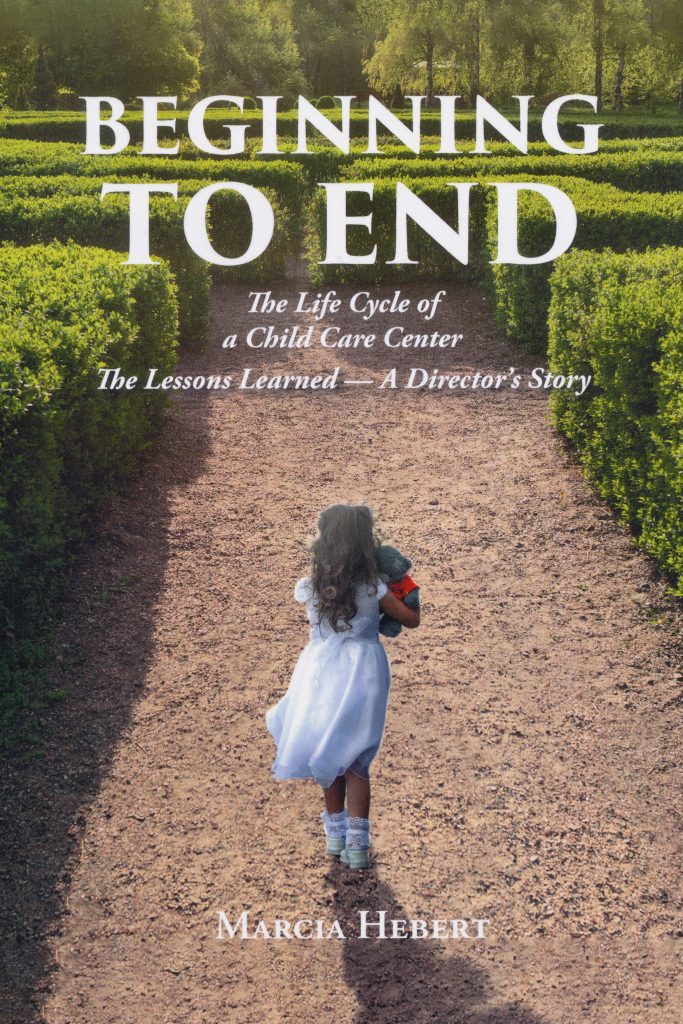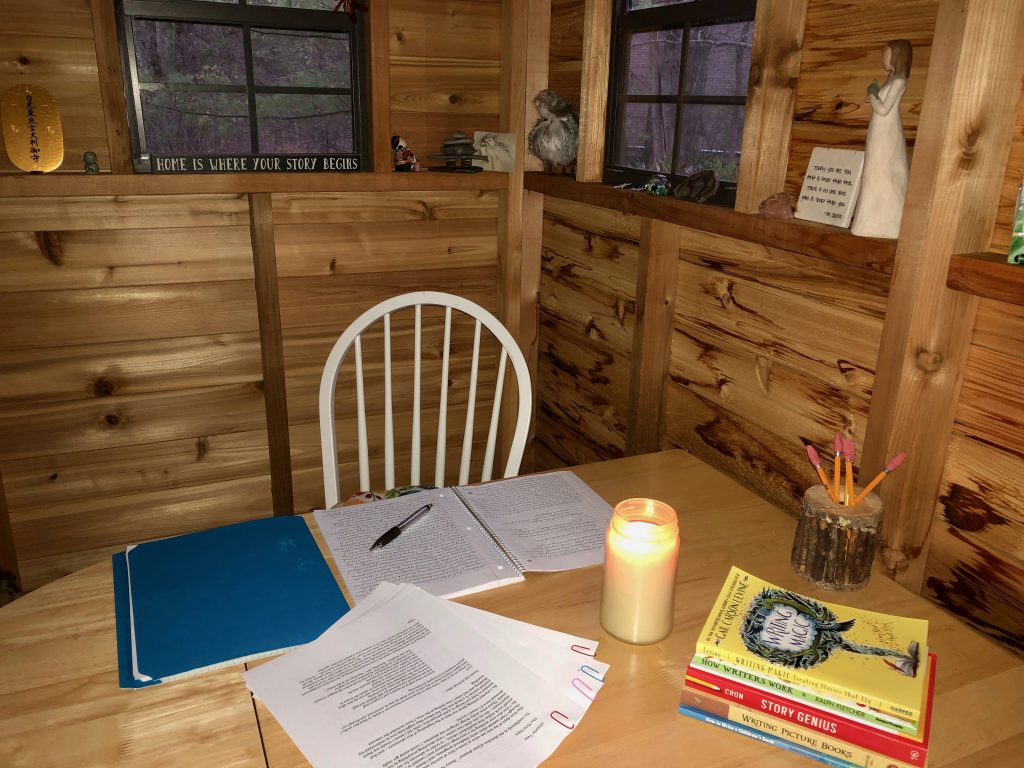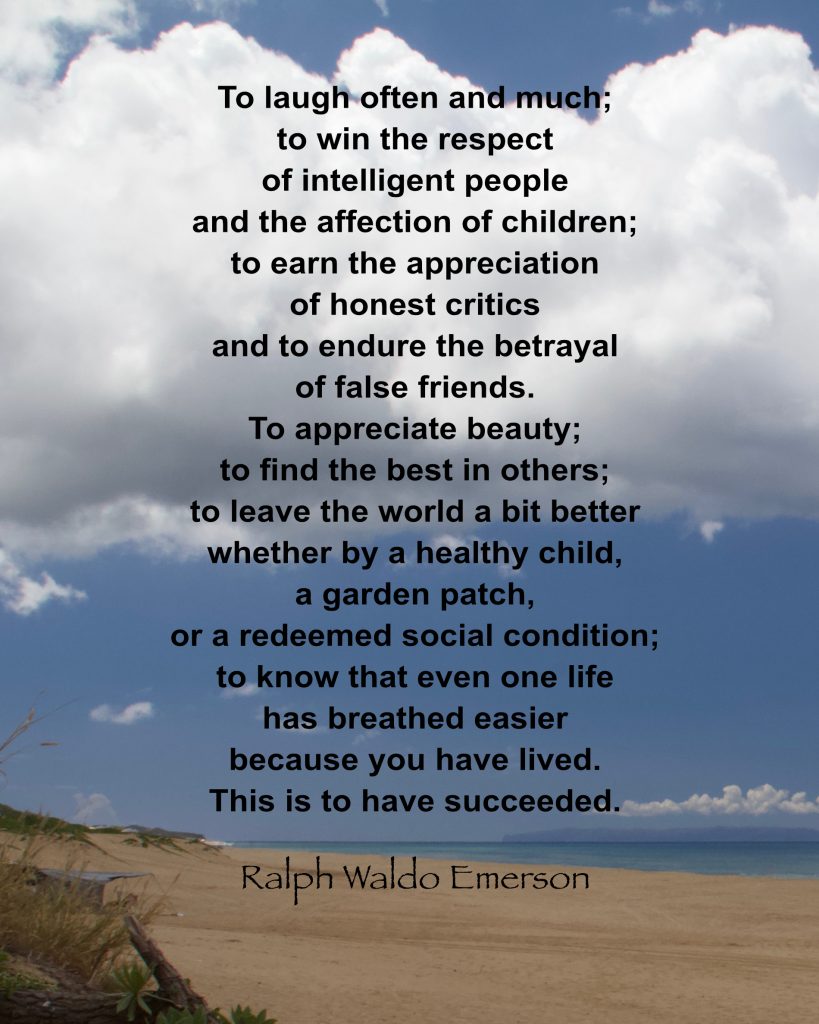
Once you accept the position as Director of an early childhood program, your wheels will instantly begin turning. With enthusiasm, yes, but also with hundreds of questions—who, what, when, where, how, and why come to mind. Anxiety follows quickly, and then doubt begins to creep in! Can I actually do this job is the underlying concern. And before it overtakes the incredible opportunity you have been given, let me share a few things I have learned along the way.
First, being a Director is the most difficult, overwhelming, and exhausting job you will ever have—but, it is also the most gratifying! In fact, gratifying far outweighs overwhelming. So, you’re in for the ride of a lifetime, and you need to be prepared before your first day on the job.
You will need to think long and hard about what kind of a director you will be. How will you work with others? How will you communicate with teachers and parents? How will you solve the problems that arise? How will you present yourself day in and day out? Will you collaborate with your team when you can? Will you seek others’ thoughts, ideas, and suggestions? Will you meet periodically with the parent group? Will you wander through the childcare center during the day taking it all in? Will you reflect on what you see, hear, and feel; and share both the positives, as well as the areas to work on, with your team?
What kind of a leader will you be? Will you set the tone for this childcare center on your first day? Will you lead by example, so that others will follow? Will you set clear expectations for your teachers, so that your team will know what and how to do their work? Will you set the bar high, so that teachers will grow and learn under your leadership? Will you support, encourage, mentor, coach, motivate, and inspire those who work for you? Will you keep calm and thoughtful in the storm? (there will always be difficult moments) Will you listen first? Will your sense of humor arrive just when it is needed? These are the things to think about as you create your vision of you—the director.
In my vision of myself, as director, I set the course. I learned that how I began each first day was really important, and that it set the tone for the whole year. I needed to know, for example, where we were heading as an organization (growing to capacity and becoming a community); what we would focus on this year (the principles of Reggio Emilia); what expectations we were to meet (following our vision as we planned the children’s days); what goals we were to accomplish (begin the process of NAEYC accreditation); and then, how. It was important that I considered all of these goals, and was able to articulate them so that I could share them during the year with my team (we needed to be traveling in the same direction). I had the opportunity at the beginning of each school year to set our course—and I took it!
I value quality and high standards. It is the way I work, and I have learned that many good people want to work in this kind of environment. I interviewed and hired hundreds in my career and they often told me that they wanted to do their best work—with directors and programs who valued this, who aspired to quality, and who had high expectations. I learned that people will rise to the challenge when the expectations were clearly articulated and when there is support to accomplish them. When people know what they need to do, they will do it. And, when people learn that you care about them and want them to succeed, they are with you until the end.
“People don’t care how much you know, until they know how much you care.”
——Theodore Roosevelt
I also believe that there is an appropriate way to work— with children, with families, and with one another. And I believe it is critical to our credibility as educators, and to our commitment to quality. People call it professionalism—and, yes, we directors hold the key to setting its tone, creating its climate, and fostering it in our programs.
The professional’s attitude is positive, courteous, and pleasant. You come to work ready to learn and do, and are motivated by a strong sense of individual and group purpose. You have energy, are interested in what you’re doing, and bring a sense of joy to your work. You know your own skills and abilities, and you strive to know as much as you can about the field, and your work within it. You are motivated to initiate new ideas, propose new procedures, and find solutions to challenges and problems. You do whatever is needed to get the job done, and to get it done well! And finally, you always add that something extra, go the extra mile, and exceed expectations.
Presenting the best you—on the first day as director, and every day thereafter—will set the tone for your entire organization. People will watch and take your lead. And you will all begin moving in the same professional direction—with passion, dedication, and positive energy. New staff will assimilate into the team quite easily as they observe your core group of teachers. You will be leading—and leading by example!
In my new book, Beginning to End: The Life Cycle of a Child Care Center, I have devoted an entire chapter to the first days. I have given my real-life examples to help you navigate the beginning days of your new position, as director. In the midst of any uncertainty, change, and chaos, if you can learn how to take control of your days, and keep your mind, body, and spirit intact, you will be focused, positive, and calm. It took me a few years to figure this out, but once I did, and noticed and felt how unflappable and peaceful I could be in the middle of a storm, I embraced these techniques. I am pleased to share them with you.
Create your vision of you and your program and then, teach it to others by your example. My best to you…
“Go confidently in the direction of your dreams.”
——Henry David Thoreau







